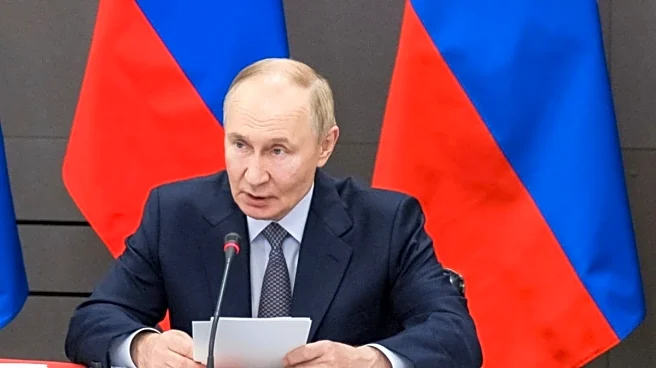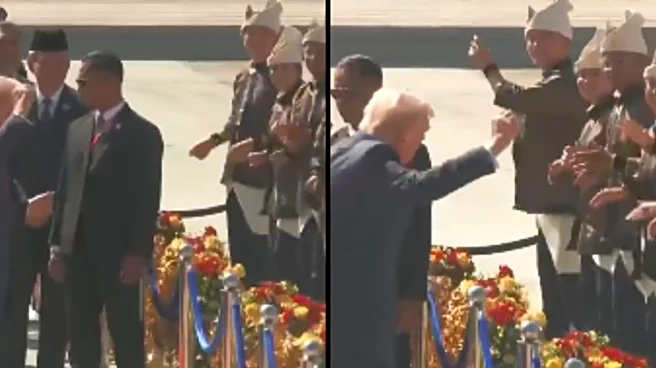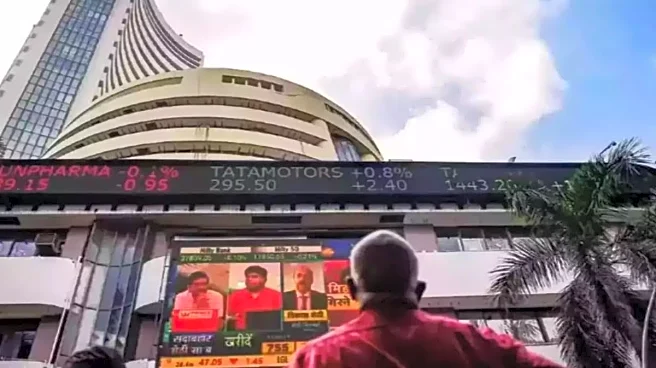What is the story about?
Gold hit a three-week high of around $4,220 per ounce earlier this week before coming under pressure on Friday, October 24, falling 0.2% to $4,118.68 per ounce
as a stronger dollar and investor caution weighed on sentiment. US gold futures also declined 0.3% to $4,133.40 per ounce, with bullion on track for its biggest weekly drop since mid-May, according to Reuters.
Billionaire investor Ray Dalio still believes the long-term outlook for the precious metal remains positive.
In a post on X (formerly Twitter), the Bridgewater Associates founder wrote, “History and logic have made clear that sanctions reduce the demand for fiat currencies and debts denominated in them and support gold. Throughout history, before and during shooting wars, there have been financial and economic wars that we now call sanctions… As a result, the holding and price of gold rise, as it is a non-fiat currency that remains securely held and universally accepted.”
Dalio suggested that when the world’s leading power imposes sanctions and disrupts financial flows, it weakens confidence in its own currency and debt — prompting investors to turn to assets like gold that are not tied to any government.
The metal has dropped about 3% this week amid a stronger dollar and profit-taking before the release of US inflation data.
Market analysts said sentiment also reflected hopes of easing US-China tensions, which reduced demand for safe-haven assets.
Asian shares rose on Friday (October 24) after the White House confirmed that US President Donald Trump will meet Chinese President Xi Jinping next week during his Asia visit — a signal that trade talks may progress before a looming tariff deadline.
Meanwhile, investors are watching for the US Consumer Price Index (CPI) data, expected to show core inflation steady at 3.1% in September. The reading could influence the Federal Reserve’s next policy decision, with markets almost fully pricing in a 25-basis-point rate cut next week.
Gold, often viewed as a hedge against inflation and currency debasement, tends to gain when real interest rates fall. While near-term moves may be dictated by inflation data and the dollar’s strength, Dalio’s comments highlight a broader, structural narrative — that in an era of financial fragmentation and rising sanctions, gold’s role as a universal store of value may only strengthen.
Billionaire investor Ray Dalio still believes the long-term outlook for the precious metal remains positive.
In a post on X (formerly Twitter), the Bridgewater Associates founder wrote, “History and logic have made clear that sanctions reduce the demand for fiat currencies and debts denominated in them and support gold. Throughout history, before and during shooting wars, there have been financial and economic wars that we now call sanctions… As a result, the holding and price of gold rise, as it is a non-fiat currency that remains securely held and universally accepted.”
Dalio suggested that when the world’s leading power imposes sanctions and disrupts financial flows, it weakens confidence in its own currency and debt — prompting investors to turn to assets like gold that are not tied to any government.
The metal has dropped about 3% this week amid a stronger dollar and profit-taking before the release of US inflation data.
Market analysts said sentiment also reflected hopes of easing US-China tensions, which reduced demand for safe-haven assets.
Asian shares rose on Friday (October 24) after the White House confirmed that US President Donald Trump will meet Chinese President Xi Jinping next week during his Asia visit — a signal that trade talks may progress before a looming tariff deadline.
Meanwhile, investors are watching for the US Consumer Price Index (CPI) data, expected to show core inflation steady at 3.1% in September. The reading could influence the Federal Reserve’s next policy decision, with markets almost fully pricing in a 25-basis-point rate cut next week.
Gold, often viewed as a hedge against inflation and currency debasement, tends to gain when real interest rates fall. While near-term moves may be dictated by inflation data and the dollar’s strength, Dalio’s comments highlight a broader, structural narrative — that in an era of financial fragmentation and rising sanctions, gold’s role as a universal store of value may only strengthen.
Do you find this article useful?
/images/ppid_59c68470-image-176128506381093110.webp)

/images/ppid_59c68470-image-176128755025532636.webp)
/images/ppid_59c68470-image-176127010851839269.webp)
/images/ppid_59c68470-image-176123003722427281.webp)
/images/ppid_59c68470-image-176146503742157310.webp)


/images/ppid_59c68470-image-176137752651245865.webp)
/images/ppid_59c68470-image-176145003135181728.webp)

/images/ppid_59c68470-image-176127013952759050.webp)
/images/ppid_59c68470-image-176126258874227835.webp)

